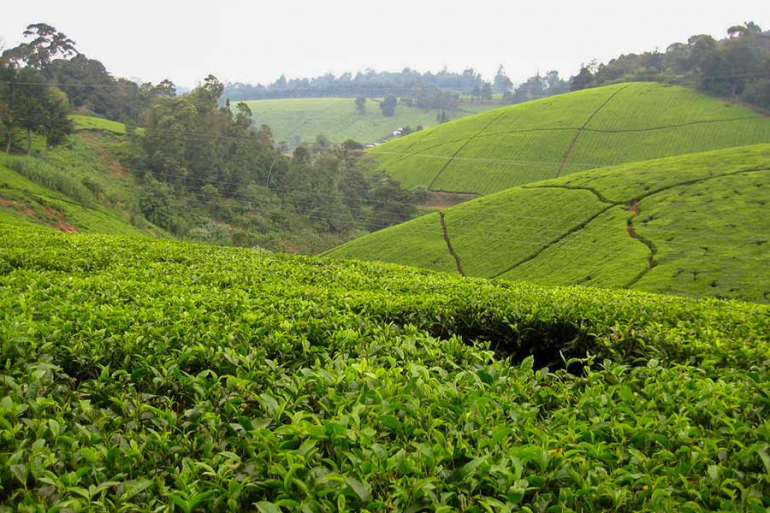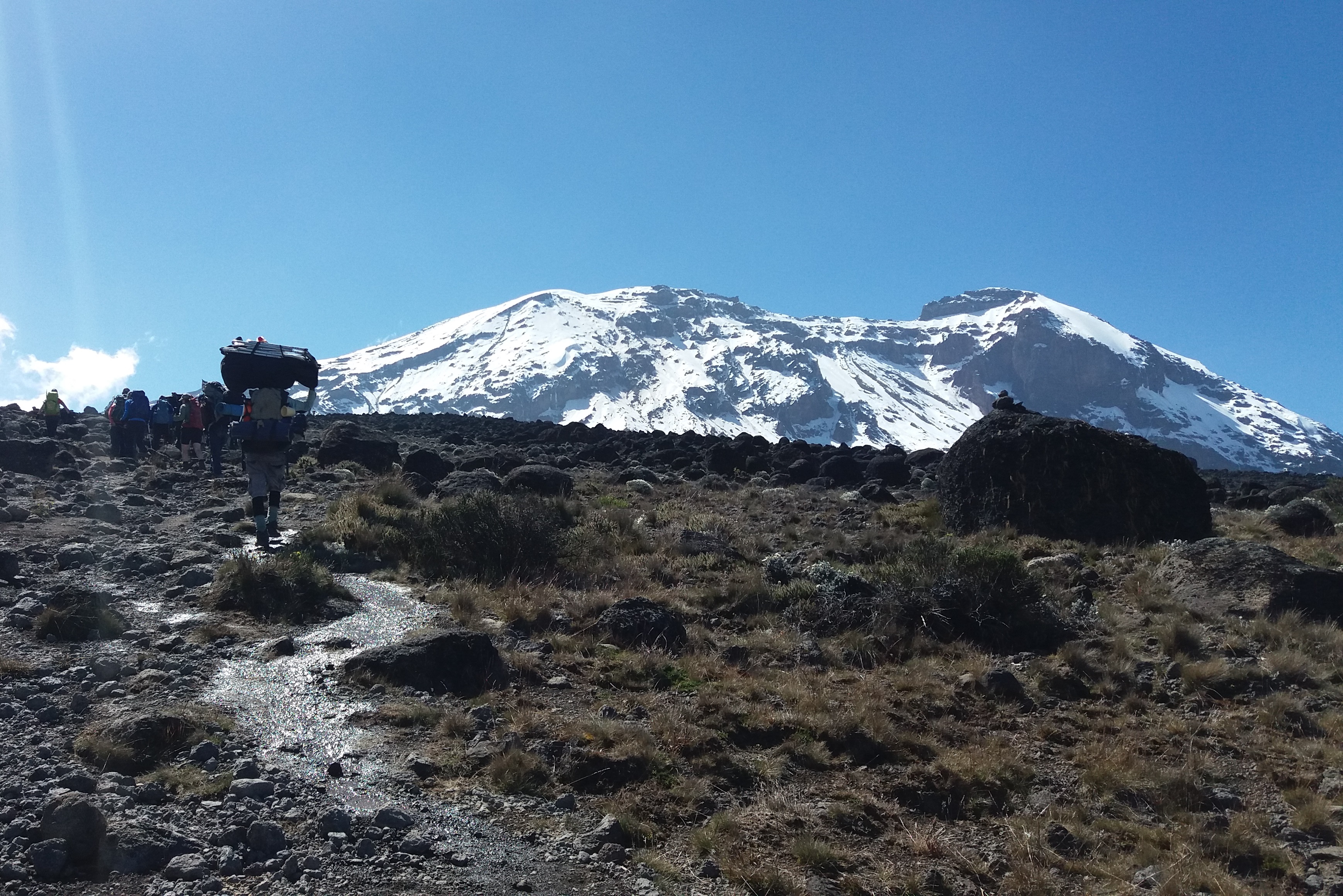Mount Kilimanjaro, Africa’s tallest mountain, features five distinct ecological climate zones, each offering unique flora, fauna, and breathtaking landscapes. As you ascend, you'll experience a dramatic shift in climate and environment, akin to traveling from the equator to the North Pole. Here’s a closer look at each zone:

1. Cultivation Zone
Altitude Range: 2,600 to 6,000 ft (792 to 1,800 m)
Temperature Range:
Days: 70-90°F (21-32°C)
Nights: 40-60°F (4-15°C)
As you depart from Arusha or Moshi, the Cultivation Zone showcases human activity, including small farms and grazing livestock. This area, with its fertile volcanic soil and higher rainfall, has transformed the native scrubland and lowland forest into lush farmland.

2. Rain Forest Zone
Altitude Range: 6,000 to 9,200 ft (1,800 to 2,800 m)
Temperature Range:
Days: 70-90°F (21-32°C)
Nights: 40-60°F (4-15°C)
Encircling the mountain, the Rain Forest Zone is a dense, tropical ecosystem teeming with life. While large game is rare due to human encroachment, you’ll encounter vibrant bird species and playful monkeys, including the black-and-white Colobus and troops of baboons. The forest is adorned with lush orchids and trees draped in ‘old man’s beard’ moss.

3. Heather and Moorland Zone
Altitude Range: 9,200 to 11,000 ft (2,800 to 3,350 m)
Temperature Range:
Days: 50-80°F (10-27°C)
Nights: 30-60°F (-1 to 15°C)
As you exit the forest, the Heather and Moorland Zone unfolds, offering stunning views. This area features hardy shrubs, giant heathers, and tussock grasses, reminiscent of the Scottish Highlands. Here, giant lobelias and senecios thrive, showcasing adaptations like fur-like insulation for survival. Wildlife is sparse, but you may spot eland and small rodents nestled in volcanic rock caves.

4. Highland Alpine Desert
Altitude Range: 13,200 to 16,500 ft (4,020 to 5,030 m)Temperature Range: Days: 10-60°F (-12 to 15°C)
Nights: 10-40°F (-12 to 4°C)
In the Highland Alpine Desert, the climate becomes harsh. The intense sun contrasts with freezing nighttime temperatures, and water is scarce. The landscape is characterized by rugged rocks and panoramic views, with resilient mosses and lichens surviving in this stark environment.

5. Arctic Summit Zone
Altitude Range: 16,500 to 19,340 ft (5,030 to 5,895 m)
Temperature Range:
Days: 10-40°F (-12 to -4°C)
Nights: -15 to -20°F (-26 to -7°C)
Also known as the Arctic Zone, this area is marked by frigid temperatures and strong winds. Home to glaciers and large boulders, it lacks permanent animal or plant life except for a few hardy lichens. As you prepare for your summit attempt, be aware of the harsh conditions—sunscreen is essential to protect against intense solar radiation, and multiple warm layers are necessary to maintain body heat.






